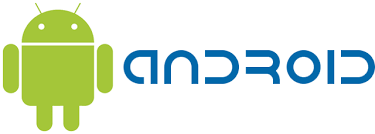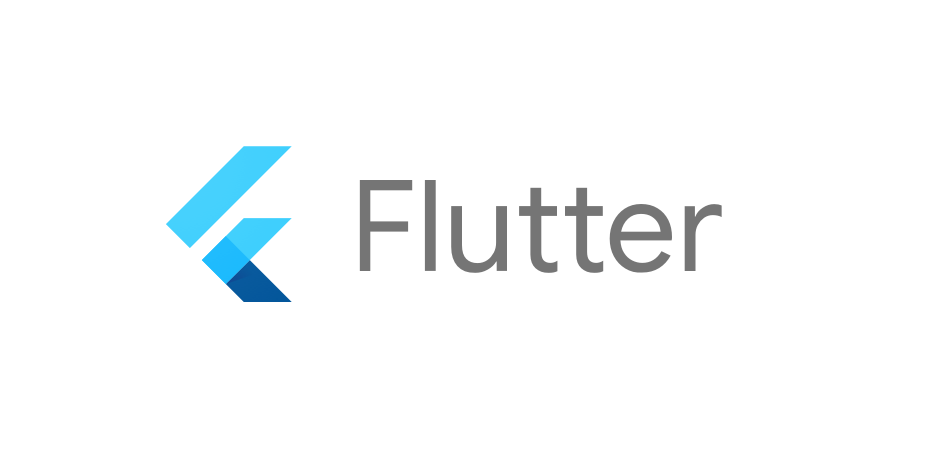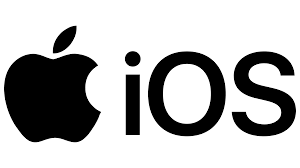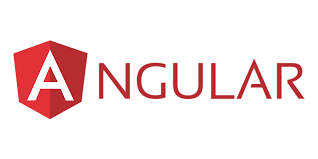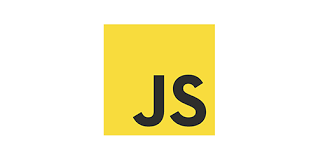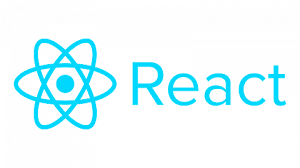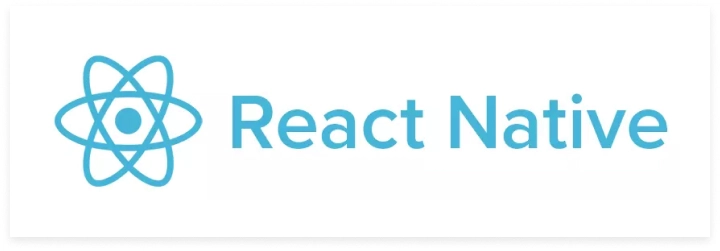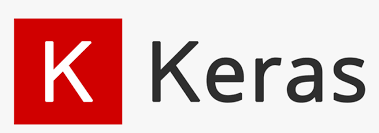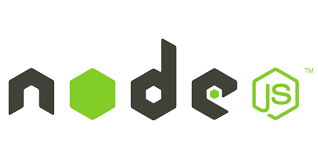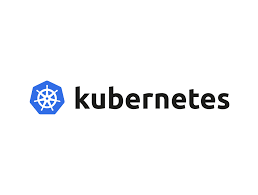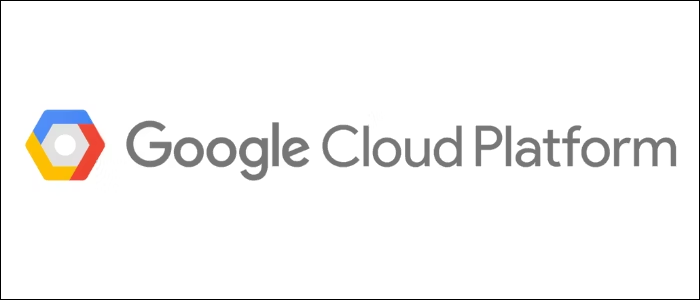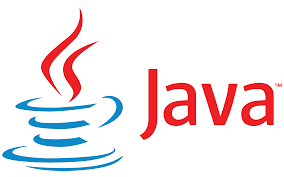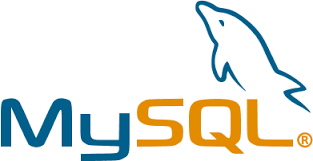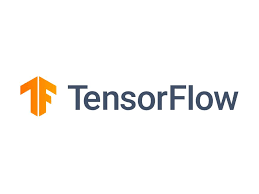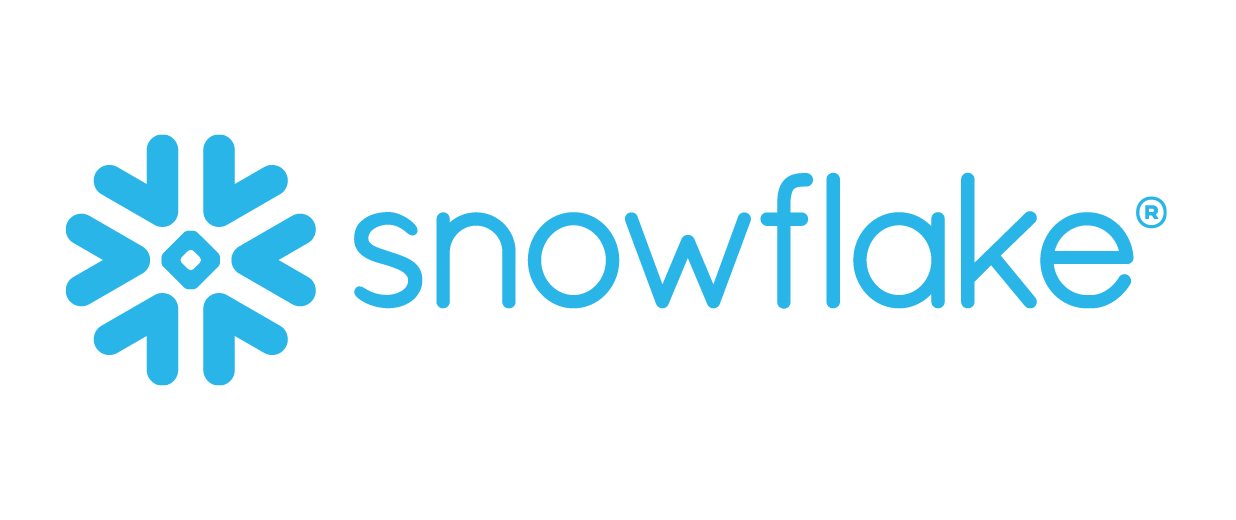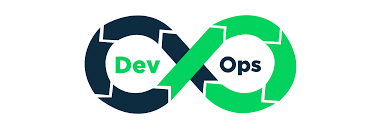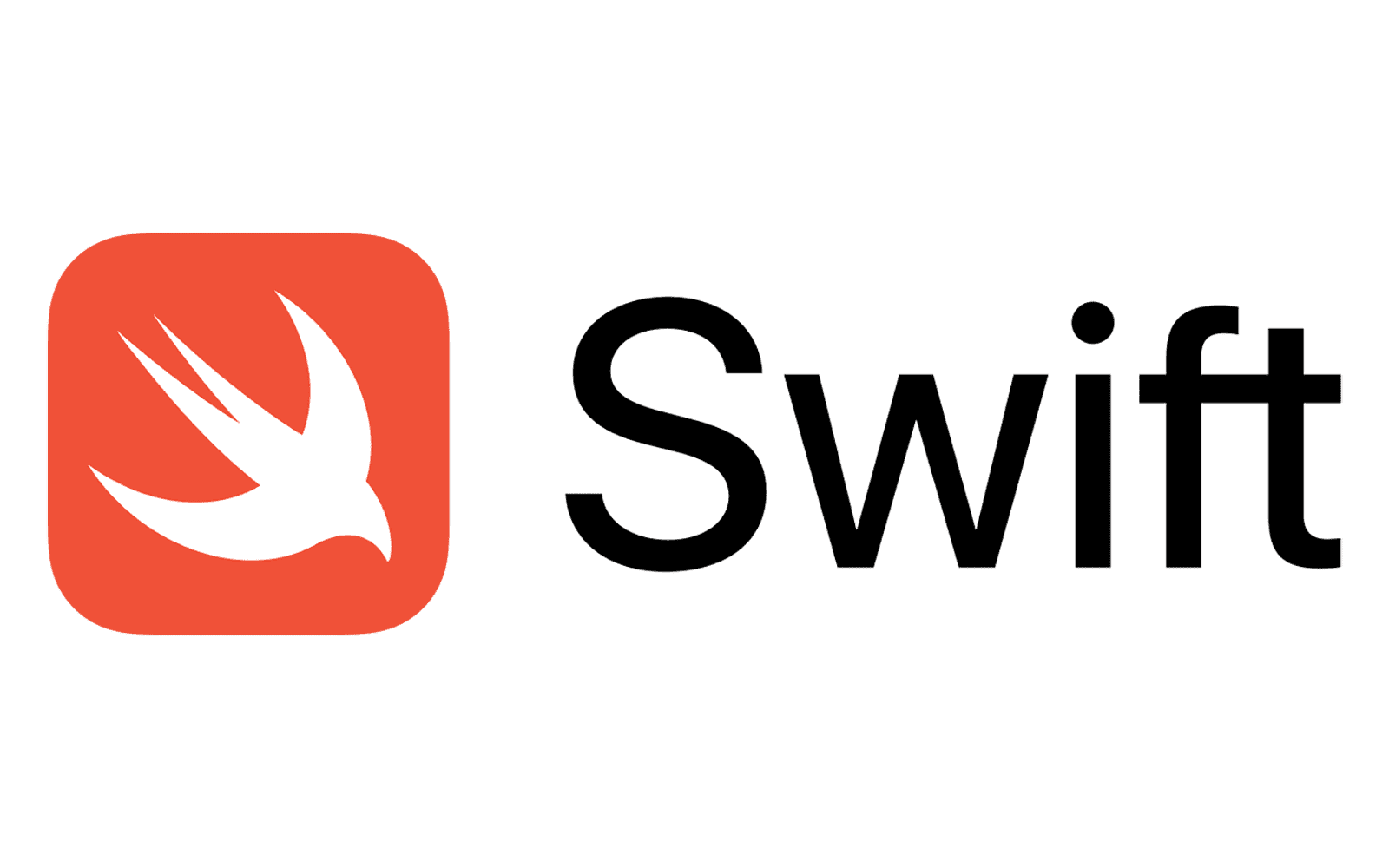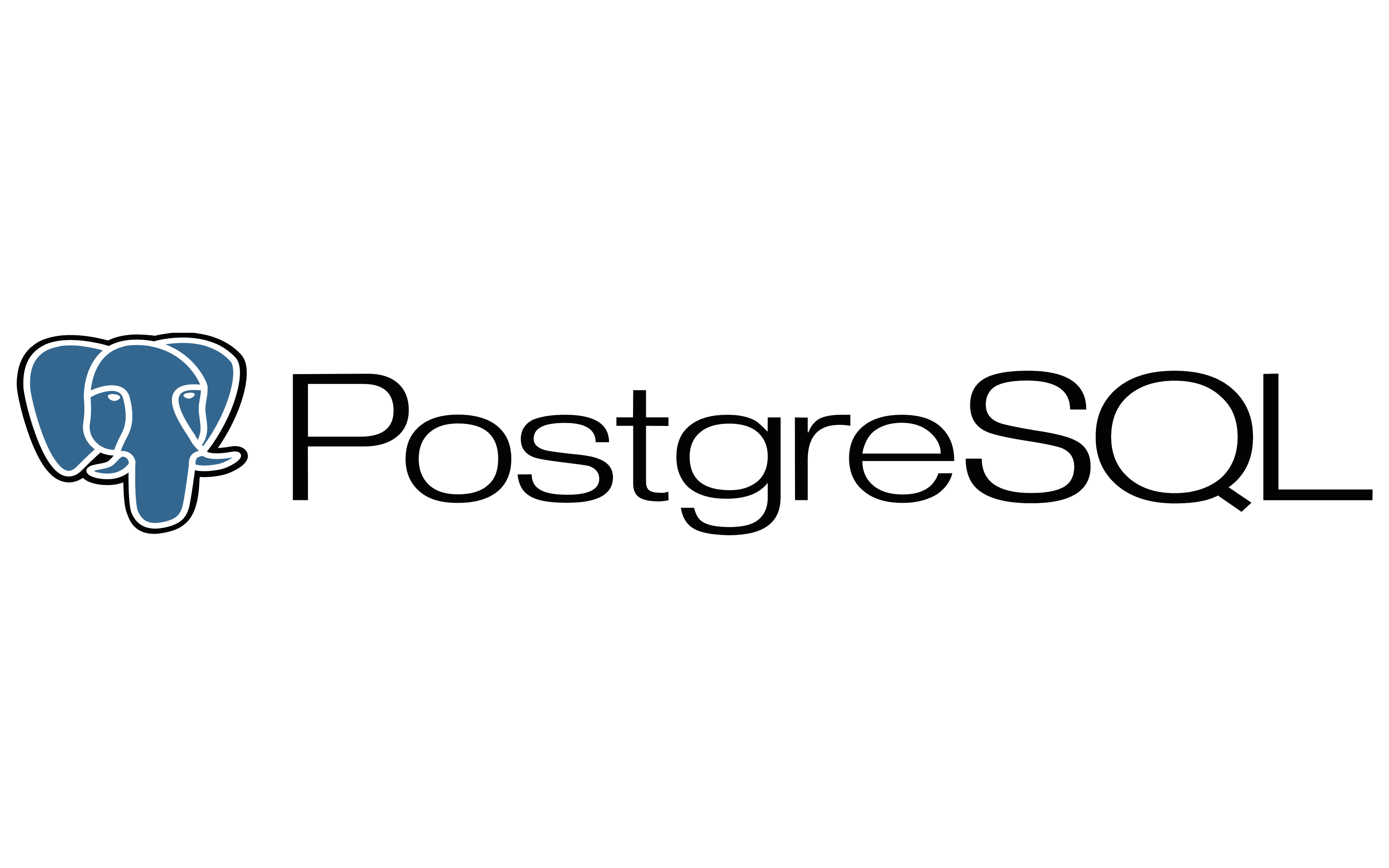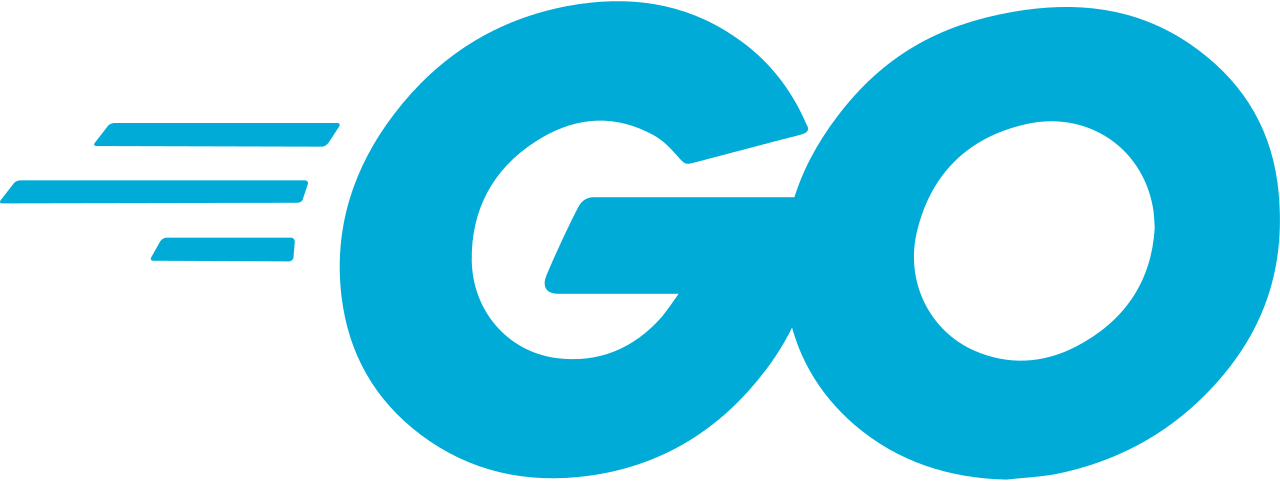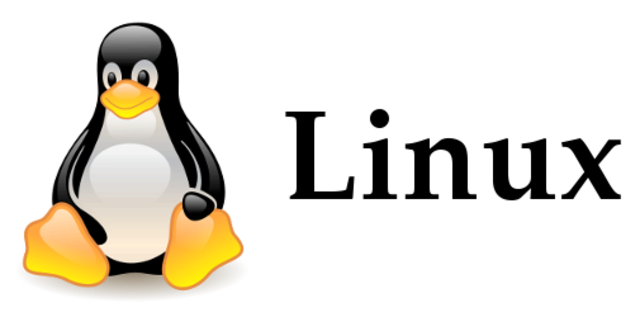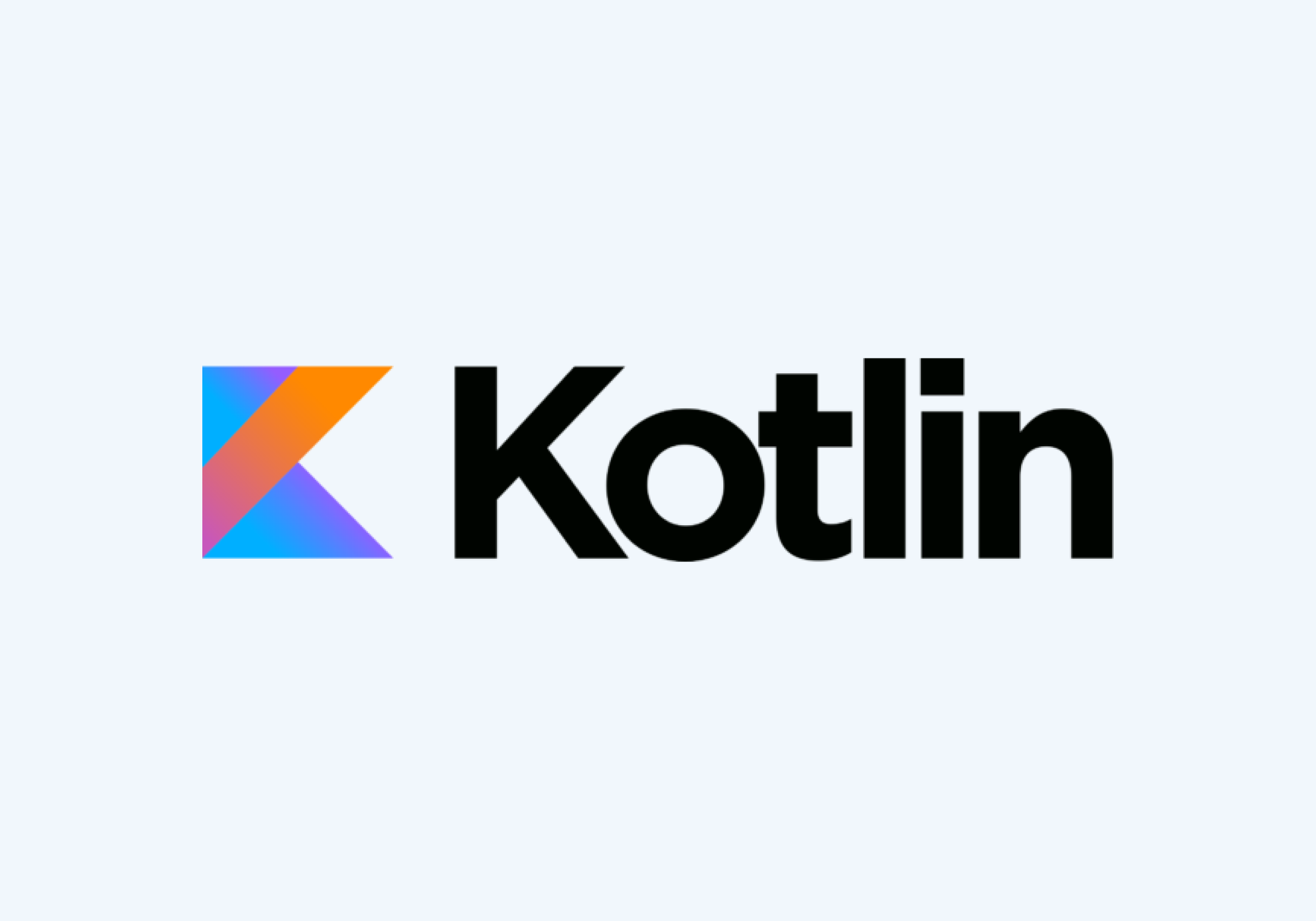C# :
Introduction to C#
- History of C# Version
- C# Code Execution
- Installing and Configuring Visual Studio
- Variable
- Data Type
- Safe Type Casting with IS and AS Operator
C# Conditional Statements and Loops
- Operators
- Operators precedence
- Conditional Statements: if, if..else if, switch
- Loops: do..while, while, for, foreach
- Jump Statements
C# Arrays and Strings
- Arrays
- Types of Arrays
- Strings
- String Methods
Object-Oriented Programming in C#
- Object-Oriented Programming Concepts
- Access Modifiers
- Constructor
- Inheritance
- Methods
- Structure
C# Concepts: Abstract Class, Interface and Partial Class
- Abstract Class
- Interface
- Interface vs. Abstract Class
- Static Class
- Extension Methods
- Partial Class
- Partial Methods
C#: Property, Indexer, Attributes and Exception Handling
- Property
- Indexer
- Exceptional Handling
- Enum
- Attributes
C# Concepts: Anonymous Type, Delegates, Events and Lambda
- Extension Methods
- Anonymous Type
- Var and Dynamic
- Delegates
- Events
- Anonymous Methods
- Lambda Expression
- Expression Tree
C# Asynchronous Programming – Async and Await
- What is Synchronous and Asynchronous?
- Asynchronous Programming Patterns in .NET
- Asynchronous Programming Model (APM)
- Event-based Asynchronous Pattern (EPM)
- Task-based Asynchronous Pattern (TAP)
- Async and Await in Task-based Asynchronous Pattern TAP
- Asynchronous vs. Multithreading
SQL Server :
Getting Started with SQL Server
- Introduction to Database
- Introduction to SQL Server
- Installing SQL Server and Components
- SQL Server Database and Tables
- SQL Keys
- SQL Commands
- SQL Constraints
- Types of Database
T-SQL Fundamentals with SQL Server
- Data Types, Variables and Operators
- SQL Server Control Of Flow
- SQL Query and Sub Query
- SQL Clauses
- SQL Predicates
- SQL Joins
- SQL Exceptions
- Try..Catch
SQL Server Views and Indexes
- SQL Server Views
- Types of Views
- SQL Sever Indexes
- Types of Indexes
SQL Server Stored Procedures and Functions
- Introduction to Stored Procedure
- Types of Stored Procedure
- Creating Stored Procedures For Insert, Update and Delete
- Stored Procedures Parameters
- SQL Server Functions
- Scalar Functions
- Table Valued Functions
SQL Server Triggers and Cursors
- SQL Server Triggers
- Types of Triggers
- SQL Server Cursors
- Types of Cursors
Understanding and Managing Azure SQL Database
- Introduction to Azure SQL Database
- Database Deployment Models
- Azure SQL Database Server
- Creating and Managing Single Database
- Purchasing Models: DTU and vCore
- Azure SQL Database Tools
- Database Migration Using DMA
- Creating and Managing Elastic Pool
- Creating Managed Instance
HTML5 :
Introduction to HTML
- What is HTML?
- History of HTML
- HTML Development IDE
- HTML Page Structure
- Introduction to HTML5
- HTML5 Document
- Browsers Support and Advantages
HTML5 Basics : Tags, Elements and Attributes
- HTML Tags
- HTML Elements and Attributes
- HTML Formatting and Styles
- HTML Layouts
- HTML Blocks and Inline Elements
- Empty Elements And Nested Elements
- HTML Quotation and Citation Elements
- HTML CSS
HTML5 Tables, Lists and Layouts
- HTML Tables – Columns, Row, Border, Padding
- HTML Lists – Order and Unorder List
- What is HTML Layouts?
- Table Based Layout
- Div Based Layout
- HTML5 Structure Based Layout
HTML5 Forms, Media and Storage
- HTML5 New Input Elements
- HTML5 Forms Attributes
- HTML5 Validations
- HTML Media
- HTML Audio
- HTML Video
- HTML and JavaScript
- HTML Storage API
- HTML Graphics
CCS3 :
CSS3 Fundamentals
- Introduction to CSS
- CSS3 Selectors
- Pseudo Elements and Pseudo Classes
- Types of CSS
- CSS Fonts and CSS Text
- CSS Box Model
- Margin, Padding and Border
- Position and Colors
- CSS Background and Gradients
CSS3 Advanced Concepts
- CSS Units
- CSS Layout
- Media Queries
- CSS Functions
- Transforms – 2D and 3D
- Transitions and Animations
- CSS Shadow
Bootstrap :
Introduction to Bootstrap
- Bootstrap Installation Options
- Introduction to Bootstrap 4
- Layouts and Grid System
- Alignments and Offsets
Bootstrap 4 Flexbox, Style and Utilities
- Flexbox
- Typography
- Colors
- Utilities
Bootstrap 4 CSS Components: Images, List, Tables, Button and Cards
- Images and Lists
- Bootstrap Tables
- Buttons, Badges
- Cards, Media Objects
Bootstrap 4 CSS Components: Forms, Navbars, Pagination and Spinners
- Forms and Validations
- Nav, Navbar
- Breadcrumb and Pagination
- Progress bars and Spinners
ASP.NET MVC :
Introduction to ASP.NET MVC
- Introduction to ASP.NET MVC
- ASP.NET MVC vs. ASP.NET Web Forms
- Advantages of ASP.NET MVC
- Creating ASP.NET MVC5 Project
- Understanding ASP.NET MVC Folder Structure
- Layout, Sections and View Start
- MVC Pattern
- MVC vs. Tier
- Action Methods and Result Types
ASP.NET MVC Fundamentals
- Razor View Engine
- Razor View Engine vs. WebForms Engine
- Razor Syntax
- Creating Custom View Engine
- Routing : Routes and Constraints
- HTML Helpers
- Validation Summary
- AJAX Helpers
- Data Passing Techniques: ViewData, ViewBag, TempData, Session, QueryString
- Partial Views
ASP.NET MVC Forms and Validation
- ASP.NET MVC Forms
- Model Binding
- Custom Model Binding
- Synchronous Forms
- Asynchronous Forms
- Forms Validations : Server Side and Client Side
- Custom Validation
Working with Data Using Entity Framework
- Introduction to Entity Framework
- Creating Database Using Code First
- Database CRUD Operations
- Working with jQuery AJAX
- Calling Stored Procedure and Functions
- Listing, Paging, Sorting using WebGrid
- AJAX WebGrid
ASP.NET MVC Unit Testing
- Introduction to Unit Testing
- Test Driven Development (TDD)
- .NET Unit Testing Frameworks
- Visual Studio Live Unit Testing
- Creating Test cases using MS Test
- Creating Test cases using xUnit
- Using Mocking Frameworks
ASP.NET MVC Pipeline and Security
- ASP.NET MVC Pipeline
- ASP.NET MVC Filters
- Filters Configurations and Execution
- Creating Custom ASP.NET MVC Filters
- Security : Forms Authentication
- Creating User Login Flow
- Accessing Logged In User Details
- Creating Base Controller
Building RESTful Services with ASP.NET Web API
- Introduction to ASP.NET Web API
- Building ASP.NET Web API
- ASP.NET Web API CRUD Operations
- Testing Web API Using Postman
- Consuming Web API in ASP.NET MVC
- Performing CRUD Operations using ASP.NET MVC
Entity Framework :
Introduction to Entity Framework: Getting Started
- Introduction to Entity Framework
- Introduction to ORM Tools
- Introduction to Entity Framework
- Entity Framework Architecture
- Data Modeling Approaches
- Getting Started With EF
Entity Framework Database First Approach
- Database First Approach
- DbContext in EF 6
- EF CRUD Operations Using ASP.NET MVC
- Mapping Stored Procedures and Functions
- Calling Stored Procedures and Functions
- Performing CUD Operations
Entity Framework Code First Approach
- EF Code First Modeling
- EF Conventions
- Database Annotation
- EF Fluent API
- CRUD Operations Using ASP.NET MVC
- Calling Stored Procedure and Functions
- Handling Input and Output Parameters
- Handling Multiple Result sets
EF Code First Migrations and Relationships
- Code First Migrations
- Script Migrations
- Migrations with Existing Database
- Reverse Engineering
- Database Initializers
- Database Relationships – one-to-one, one-to-many, many-to-many
- EF Inheritance
Entity Framework Advanced Concepts
- Queries
- Entity and States
- Data Loading
- Transactions and Async Query
- Working with Entity States
- Eager Loading vs Explicit Loading
- Handling Concurrency Conflicts
- Working with Transactions in EF
ASP.NET Web API :
- Introduction to Web API: Getting Started
- Introduction to SOA
- Introduction to REST
- Introduction to ASP.NET Web API
- WCF vs. Web API
- Building Web API
- Testing API Using Postman
ASP.NET Web API Fundamentals
- Routing – Convention and Attribute Routing
- Route Constraints
- Action Result
- Content Negotiation
- Media Type Formatters
- Model Binding
- Model Validation
- Handling Validation Errors
Building RESTful Services with ASP.NET Web API
- Introduction to ASP.NET Web API
- Building ASP.NET Web API
- ASP.NET Web API CRUD Operations
- Testing Web API Using Postman
- Consuming Web API in ASP.NET MVC
- Performing CRUD Operations using ASP.NET MVC
ASP.NET Web API Advanced Concepts
- ASP.NET Web API Pipeline
- Web API Filters
- Creating Custom Filters
- Exception Handling
- Dependency Injection
- Web API Versioning
- Web API Hosting
We've completed

0
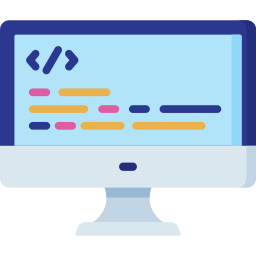
0

0

0
×


